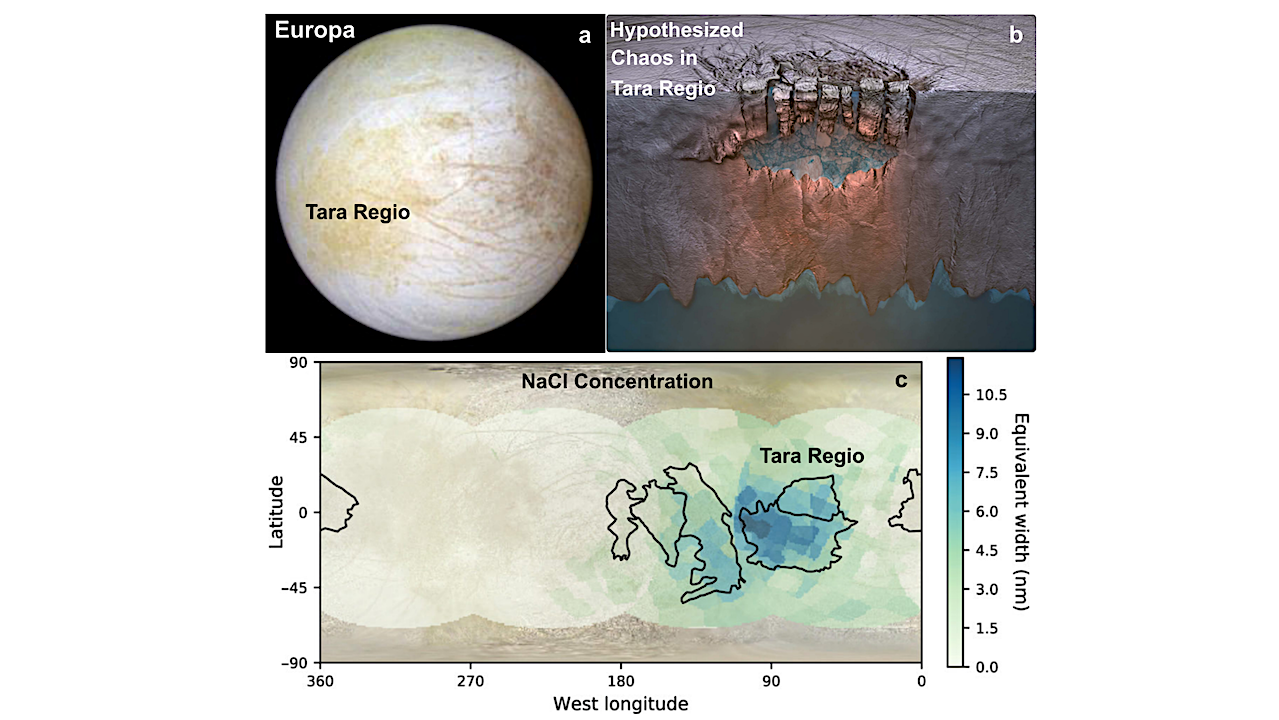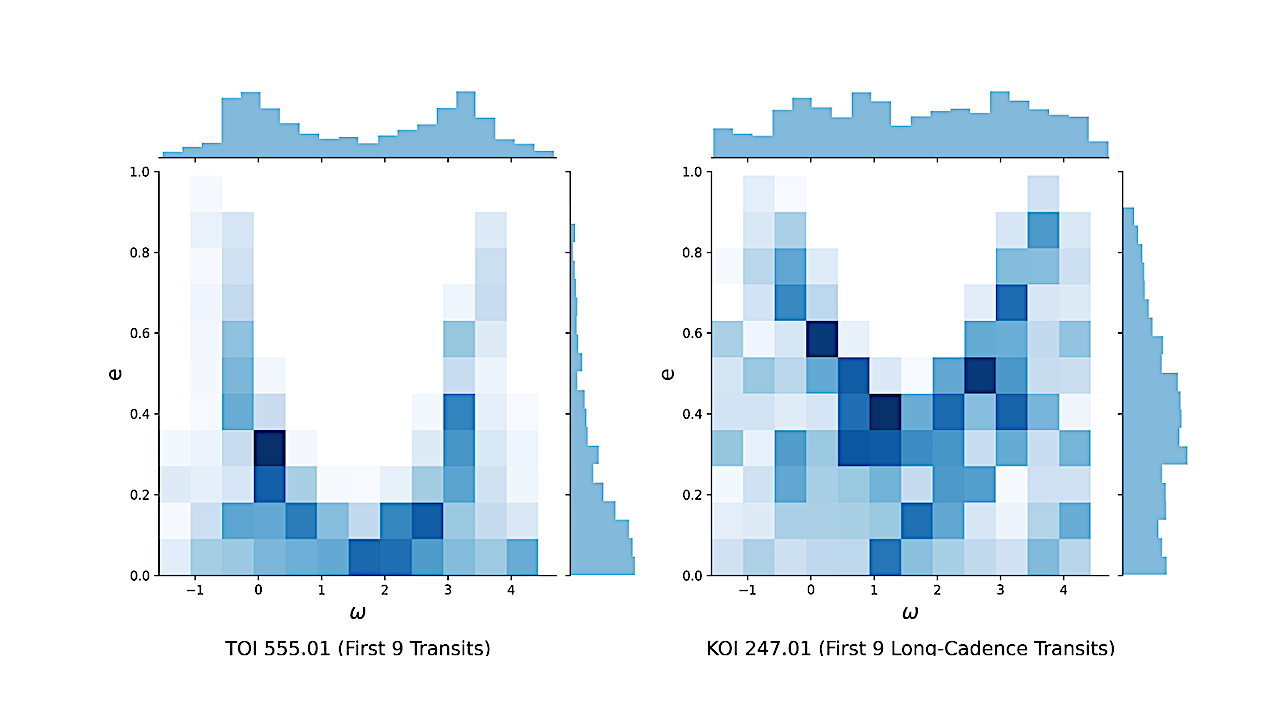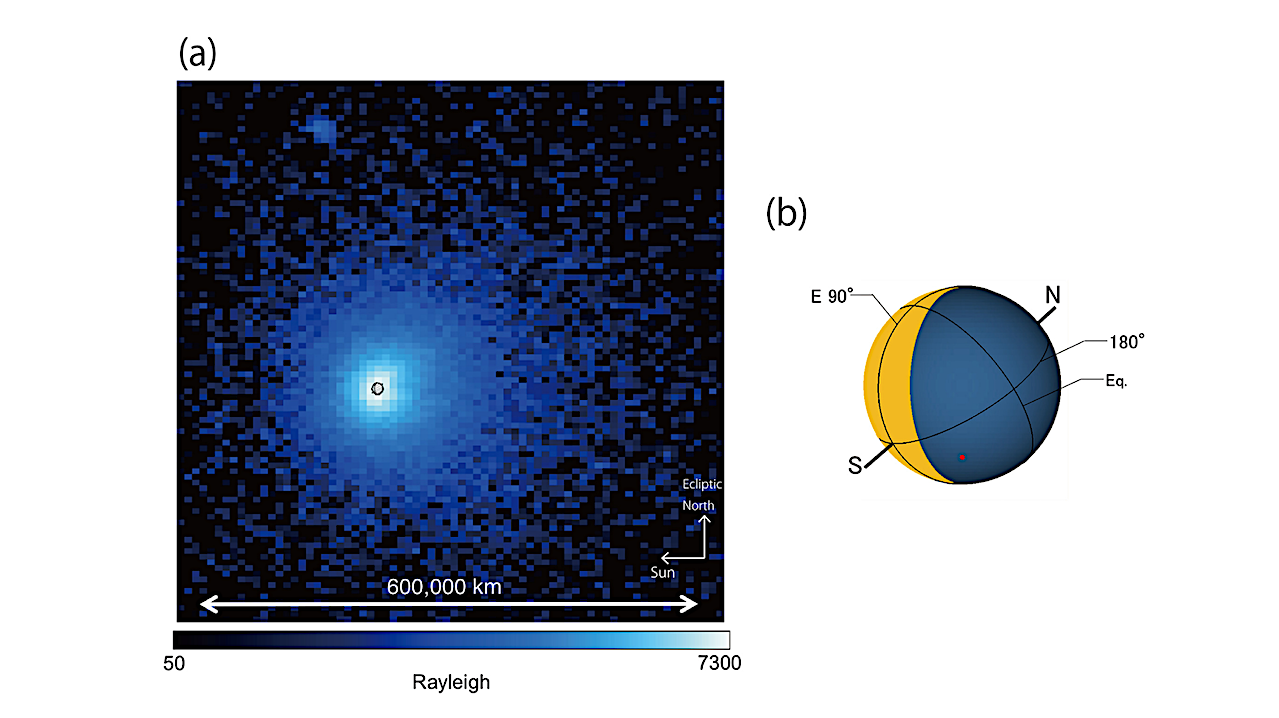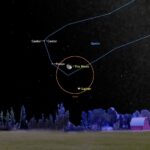Now Reading: Assessing Ocean World Habitability With HWO
-
01
Assessing Ocean World Habitability With HWO
Assessing Ocean World Habitability With HWO


(a) Galileo Solid State Imaging (SSI) false color data of Europa’s leading hemisphere and Tara Regio (credit: NASA, JPL/Caltech, PIA01295). (b) Illustration of chaos on Europa (credit: NASA, GSFC, PIA00840), showing hypothesized geologic communication between its subsurface ocean and surface (chaos formation mechanisms summarized in e.g., Daubar et al. 2024). (c) Spectral map showing the distribution of irradiated NaCl on Europa, highlighting its concentration in and around Tara Regio (modified from Trumbo et al. 2019). — astro-ph.IM
The instrument payload of the future Habitable Worlds Observatory (HWO) will span a wide range of wavelengths, including the ultraviolet (UV) region that cannot be easily accessed from the ground (< 350 nm).
Along with its primary mission to characterize the habitability of candidate exo-Earths, HWO will be well suited for observations of potentially habitable icy ocean worlds in our Solar System, in particular with an integral field spectrograph (IFS).
Here, we discuss future HWO observations of ocean worlds including Ceres, Europa, Enceladus, Ariel, and Triton. We explore the observational requirements for capturing ongoing and sporadic geyser activity and for measuring the spectral signatures of astrobiologically-relevant compounds, including water, salts, organics, and other bioessential components.
We consider the key observing requirements for an IFS, including wavelength coverage, resolving power (R), angular resolution, and field-of-view (FOV). We also outline some of the potential measurements that would define incremental, substantial, and breakthrough progression for characterizing habitability at ocean worlds, primarily focusing on UV and visible (VIS) wavelengths (90 – 700 nm).
Our investigation concludes that a UV/VIS IFS on HWO could make some groundbreaking discoveries, in particular for detection and long-term monitoring of geyser activity and interior-surface exchange of components critical for understanding habitability at ocean worlds.

(a) Cassini Imaging Science Subsystem (ISS) image of Enceladus orbiting in the E-ring, which is sustained by icy material erupted from Enceladus’ south polar geysers (credit: NASA, ESA, JPL, CICLOPS). (b) Cut away model showing Enceladus’ interior, subsurface ocean, and geyser activity near its south pole (credit: NASA, JPL/Caltech, PIA20013). (c) JWST/NIRSpec IFU spectral cube highlighting the widespread signature of H2O vapor around Enceladus (Villanueva et al. 2023b). (d) Extracted JWST/NIRSpec spectra exhibiting diagnostic H2O vapor emission lines (Villanueva et al. 2023b). — astro-ph.IM
Richard J. Cartwright, Lynnae Quick, Marc Neveu, Tracy M. Becker, Ujjwal Raut, Julie Castillo-Rogez, Kate L. Craft, Geronimo L. Villanueva
Comments: Preprint science case development document for the Habitable Worlds Observatory
Subjects: Instrumentation and Methods for Astrophysics (astro-ph.IM); Earth and Planetary Astrophysics (astro-ph.EP)
Cite as: arXiv:2507.07128 [astro-ph.IM] (or arXiv:2507.07128v1 [astro-ph.IM] for this version)
https://doi.org/10.48550/arXiv.2507.07128
Focus to learn more
Submission history
From: Richard Cartwright
[v1] Tue, 8 Jul 2025 19:27:11 UTC (13,119 KB)
https://arxiv.org/abs/2507.07128
Astrobiology,
Stay Informed With the Latest & Most Important News
Previous Post
Next Post
-
 012024 in Review: Highlights from NASA in Silicon Valley
012024 in Review: Highlights from NASA in Silicon Valley -
 02Panasonic Leica Summilux DG 15mm f/1.7 ASPH review
02Panasonic Leica Summilux DG 15mm f/1.7 ASPH review -
 03How New NASA, India Earth Satellite NISAR Will See Earth
03How New NASA, India Earth Satellite NISAR Will See Earth -
 04And Thus Begins A New Year For Life On Earth
04And Thus Begins A New Year For Life On Earth -
 05Astronomy Activation Ambassadors: A New Era
05Astronomy Activation Ambassadors: A New Era -
06SpaceX launch surge helps set new global launch record in 2024
-
 07Space Force plans new ‘Futures Command’ amid pressure to speed up modernization
07Space Force plans new ‘Futures Command’ amid pressure to speed up modernization




















